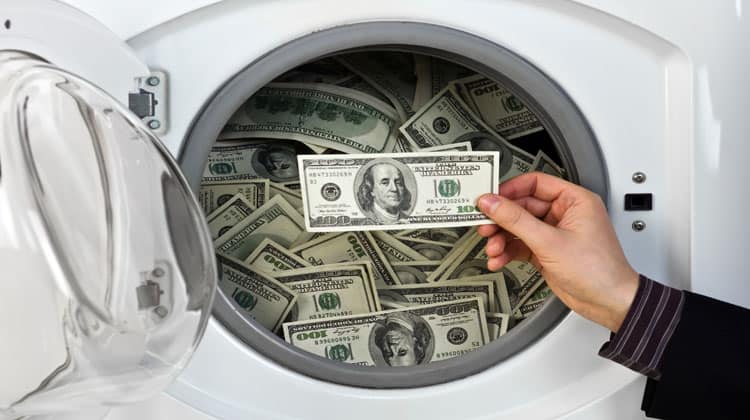Debunking Famous Waterproof Pillow Protector Cleaning Myths
If there’s one thing common among owners of pillows, it’s the need to keep the pillows neat and stain-free. And it’s not just the pillow that needs cleaning but the pillowcase as well. If you’re an owner of a waterproof pillow protector, then you know just how important a clean pillowcase is.
It’s not just enough to head on to physical or online stores and purchase products like the Everlasting Comfort Waterproof Pillow Protectors Standard Size, 2-Pack – Zippered Design to Prevent Bedbugs, Dust Mites and Allergens. You also need to take care by cleaning them regularly.
Cleaning your waterproof pillow protector shouldn’t really be an issue, should it? However, with so many hear-says and ‘myths’ out there, it can be quite hard to tell which cleaning technique or information is correct and which one isgibberish.
So today, we’ll be doing you a favor by debunking some of the biggest waterproof pillow protectors cleaning myths.
4 Waterproof Pillow Protector Cleaning Myths That Have Been Debunked
Myth 1: Normal Pillow Cases Are Enough To Keep Your Pillow Neat
Thisis the easiest to fall for because people still can’t tell the difference between a regular pillowcase and a waterproof pillow protector. But you see, a normal pillowcase will indeed guarantee that layer of protection that it’s designed for, but that’s just it.
However, when stains, sweat, drools, spills, makeup stains, and so on enter the discussion, things get a little bit messy. The normal pillowcases can’t prevent your pillows from absorbing these stains, and you know what comes next. This is why you should switch to a waterproof pillow protector
Myth 2: Only Wash When The Pillow Protectors Look Bad
This is a wrong myth to follow as you risk the accumulation of dust mites, bedbugs, and allergens without even knowing. There’s no guarantee that your waterproof pillow protectors will be sparkling after every wash, which is why you should realize that’s not the main purpose of washing.
Why you’re really washing is to get rid of the allergens that didn’t make their way to the pillows but still accumulated on the pillow protector. Hence, washing at least once a month instead of waiting till the pillow protectors look bad is a better routine to follow.
Myth 3: Add Bleaching Agents To Help Whiten And Kill Germs
There are lots of problems with this one, but the biggest issue is the damage to the delicate fibers in your pillow protectors and pillows. Other adverse effects include tearing of the sheets, shedding, and reduced lifespan.
For better results, use mild detergents or soft cleaning solutions. These products will allow you to maintain your waterproof pillow protectors without compromising their internal components.
Myth 4 Use Softeners To Keep Your Pillows Soft.
You might think that because they work well for sheets and towels, softeners can also be used for pillows. This can’t be anymore wrong. In fact, you’re exposing your pillows to more harm than you know.
You see, the chemical components of softeners are liable to stick to the fibers of the pillows leading to clumps. Instead, you can toss them in dryers with small dryer balls for a softening effect.
Wrapping Up
There are plenty of methods of cleaning your pillows and their waterproof pillow protectors. There’s also a plethora of ways not to. Having proper knowledge of both is essential for proper care of your sleeping headrests.
Also, to purchase the Everlasting Comfort Waterproof Pillow Protector Standard Size 2-Pack-Zippered Design to prevent bedbugs, dust mites, and allergens, simply click this link and follow the catalog.



